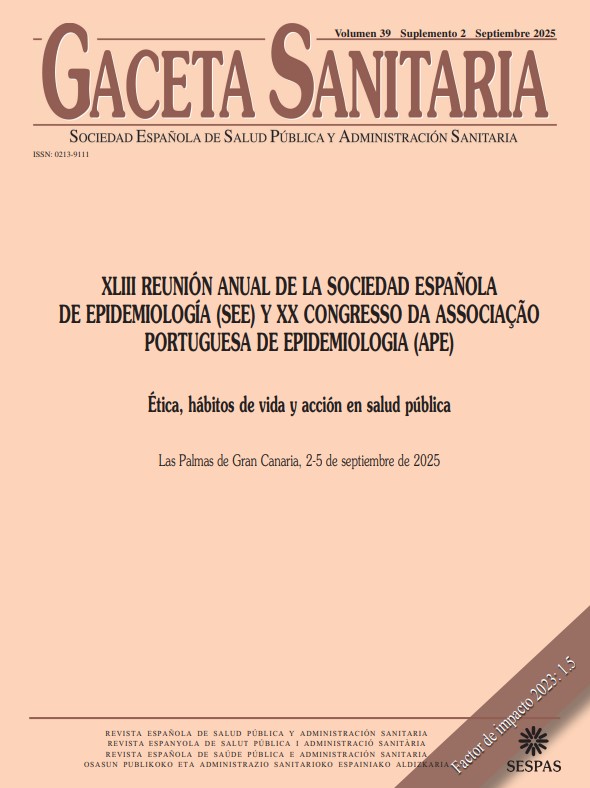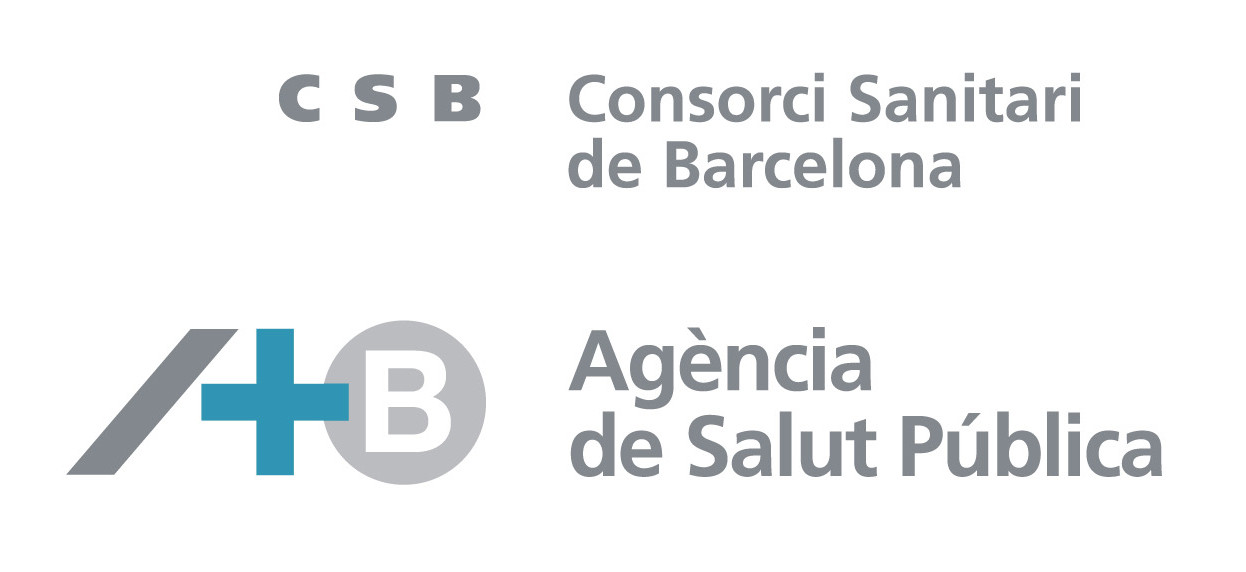707 - SARS-COV-2 SEROPREVALENCE AMONG HEALTHCARE WORKERS COMPARED TO THE GENERAL POPULATION, 2021-22
Departamento de Epidemiologia, Instituto Nacional de Saúde Pública Doutor Ricardo Jorge; Serviço de Saúde Ocupacional, Unidade Local de Saúde Viseu Dão-Lafões; RISE-Health, Departamento de Educação e Psicologia, Universidade de Aveiro; Departamento de Doenças Infeciosas, Instituto Nacional de Saúde Pública Doutor Ricardo Jorge.
Background/Objectives: Healthcare workers (HCWs) are essential as frontline responders during infectious disease health emergencies. Protecting them is crucial to ensure their health, maintain continuous patient care, and prevent transmission to patients. This study aimed to estimate the SARS-CoV-2 seroprevalence trend among HCWs from a Portuguese hospital cohort between May 2021 and June 2022. It also aimed to compare it with the seroprevalence trend in the general population aged 40-49. Additionally, the characterization of HCWs with seroconversion was performed based on their positivity for anti-nucleocapsid (Anti-N) IgG antibodies.
Methods: As part of a vaccine effectiveness study, HCWs were screened for anti-RBD/Spike IgG antibodies against SARS-CoV-2 in three time points: May-July 2021, September-November 2021, and May-June 2022. At the last moment, Anti-N IgG antibodies were also assessed. To compare with data on the general population, we used results from three National Serological Surveys (NSS) phases (February-March 2021, September-November 2021, and April-June 2022) focusing on the 40-49 age group, the most representative among HCW. HCW characteristics were compared according to anti-N IgG seropositivity using the Chi-square and Mann-Whitney tests, assuming a significance level of 0.05.
Results: HCWs screening at the 3 moments included 909, 474, and 67 individuals respectively with SARS-CoV-2 seroprevalence was 86%, 90%, and 100%, respectively. These seroprevalences were similar to those found in the Portuguese general population, except for the first period (86 versus 18.8% in the general population, age group 40-49 years). At the last moment, the post-infection seroprevalence (anti-N IgG antibodies) was higher among HCWs than in the general population (41 versus 27%). A lower age and direct contact with COVID-19 patients were associated with anti-N IgG antibody positivity.
Conclusions/Recommendations: The increasing trend of seroprevalence among HCWs follows the same trend in the general population. Although the time points differ, in the first moment, higher SARS-CoV-2 seroprevalence was probably linked to priority vaccine uptake. In the third moment, the higher post-infection seroprevalence among HCWs suggests a raised exposure and infection incidence in HCWs following the Omicron wave. Given the decline in COVID-19 vaccination coverage among HCWs in the post-pandemic period, ongoing monitoring of seroprevalence and COVID-19 infection rates in this group remains crucial.















